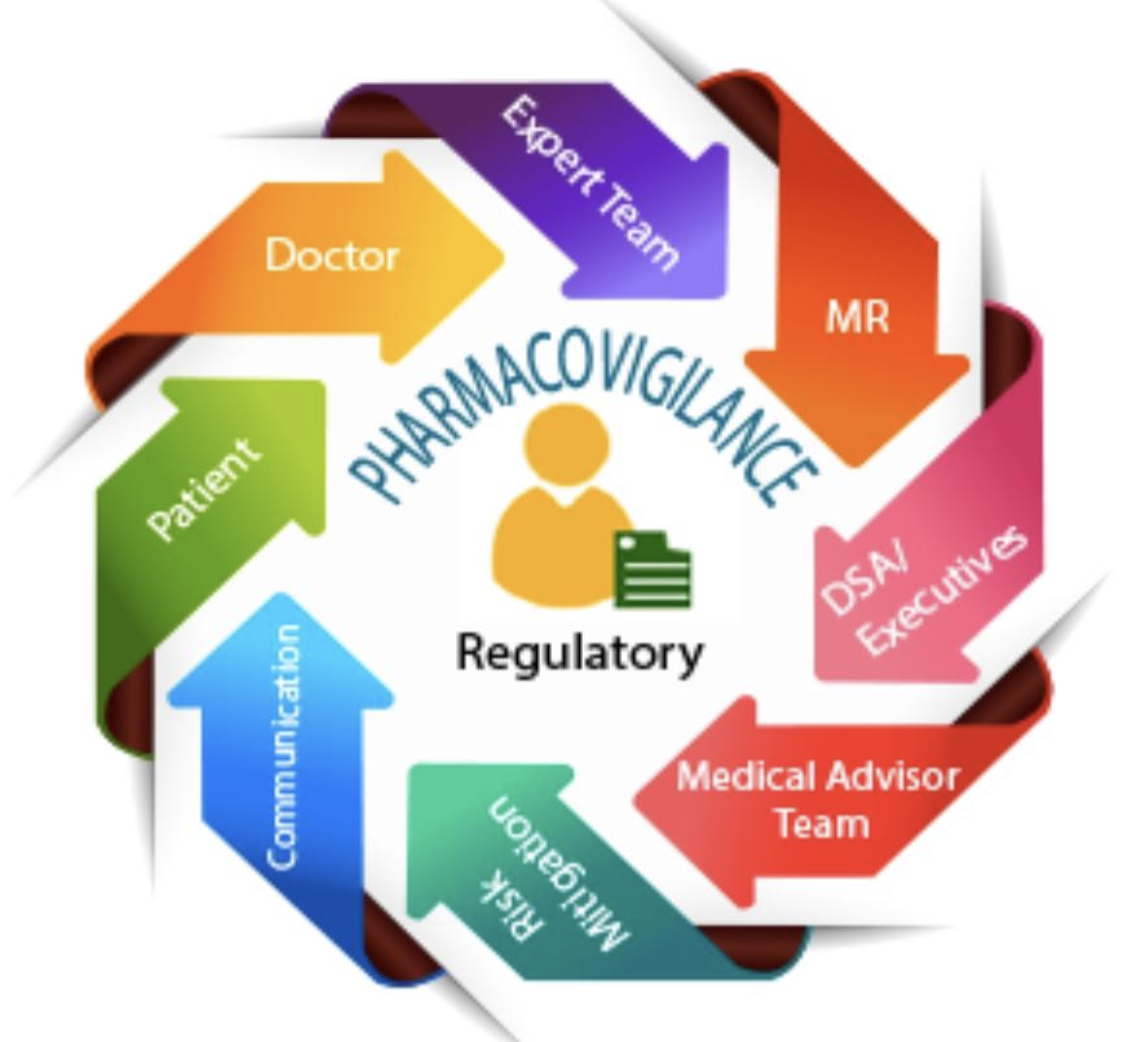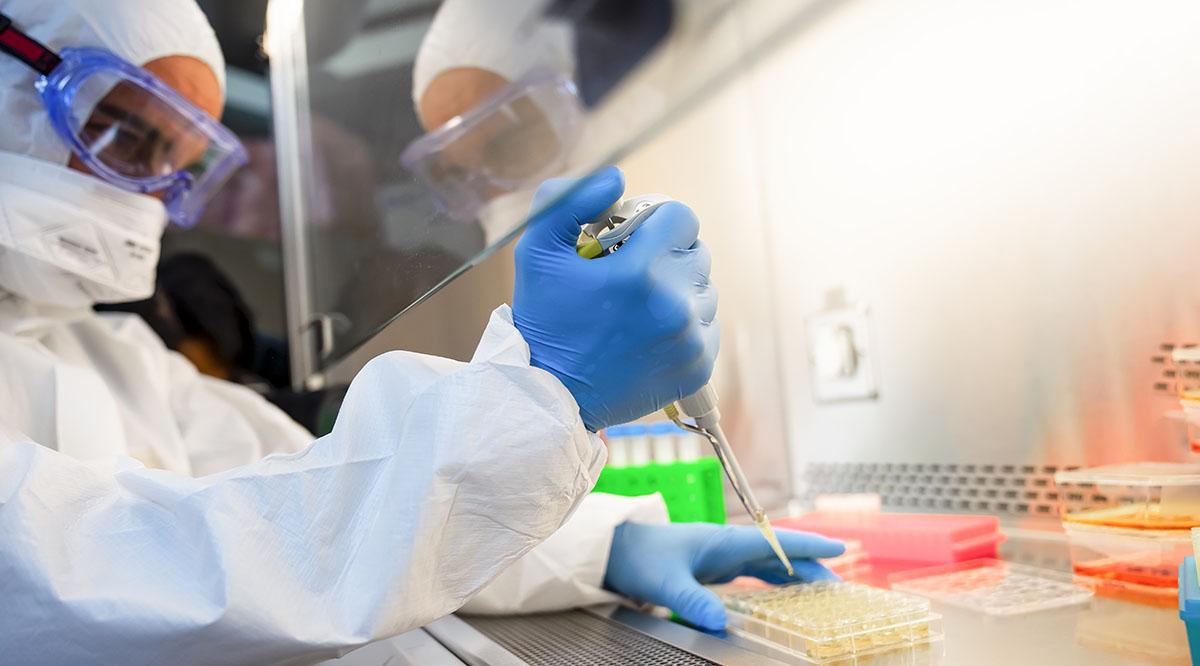Pharmacovigilance Drug Safety
What is Pharmacovigilance?
Pharmacovigilance drug safety is the pharmacological science relating to the collection, detection, assessment, monitoring, and prevention of adverse effects with pharmaceutical products. The etymological roots for the word “pharmacovigilance” are: pharmakon (Greek for drug) and vigilar (Latin for to keep watch). As such, pharmacovigilance heavily focuses on adverse drug reactions (ADR), which are defined as any response to a drug which is noxious and unintended, including lack of efficacy (the condition that this definition only applies with the doses normally used for the prophylaxis, diagnosis or therapy of disease, or for the modification of physiological disorder function was excluded with the latest amendment of the applicable legislation). Medication errors such as overdose, and misuse and abuse of a drug as well as drug exposure during pregnancy and breastfeeding, are also of interest, even without an adverse event, because they may result in an adverse drug reaction.
Information received from patients and healthcare providers via pharmacovigilance agreements, as well as other sources such as the medical literature, plays a critical role in providing the data necessary for pharmacovigilance to take place. In order to market or to test a pharmaceutical product in most countries, adverse event data received by the license holder (usually a pharmaceutical company) must be submitted to the local drug regulatory authority. (See Adverse event reporting below)
Ultimately, pharmacovigilance is concerned with identifying the hazards associated with pharmaceutical products and with minimizing the risk of any harm that may come to patients. Companies must conduct a comprehensive drug safety and pharmacovigilance audit to assess their compliance with worldwide laws, regulations, and guidance.

Reporting of Adverse event Pharmacovigilance Drug Safety
The activity that is most commonly associated with pharmacovigilance (PV), and which consumes a significant number of resources for drug regulatory authorities (or similar government agencies) and drug safety departments in pharmaceutical companies, is that of Adverse Event reporting. Adverse event (AE) reporting involves the receipt, triage, data entry, assessment, distribution, reporting (if appropriate), and archiving of AE data and documentation. The source of AE reports may include: spontaneous reports from healthcare professionals or patients (or other intermediaries); solicited reports from patient support programs; reports from clinical or post-marketing studies; reports from literature sources; reports from the media (including social media and websites); and reports reported to drug regulatory authorities themselves. For pharmaceutical companies, AE reporting is a regulatory requirement in most countries. AE reporting also provides data to these companies and drug regulatory authorities that play a key role in assessing the risk-benefit profile of a given drug.
Individual Case Safety Report Pharmacovigilance Drug Safety
One of the fundamental principles of adverse event reporting is the determination of what constitutes an individual case safety report. During the triage phase of a potential adverse event report, it is important to determine if the “four elements” of a valid individual case safety report are present:
(1) an identifiable patient,
(2) an identifiable reporter,
(3) a suspect drug, and
(4) an adverse event.

If one or more of these four elements is missing, the case is not a valid individual case safety report. Although there are no exceptions to this rule there may be circumstances that may require a judgment call. For example, the term “identifiable” may not always be clear-cut. If a physician reports that he/she has a patient X taking drug Y who experienced Z (an AE), but refuses to provide any specifics about patient X, the report is still a valid case even though the patient is not specifically identified. This is because the reporter has first-hand information about the patient and is identifiable (i.e. a real person) to the physician. Identifiability is important so as not only to prevent duplicate reporting of the same case, but also to permit follow-up for additional information.
The concept of identifiability also applies to the other three elements. Although uncommon, it is not unheard of for fictitious adverse event “cases” to be reported to a company by an anonymous individual (or on behalf of an anonymous patient, disgruntled employee, or former employee) trying to damage the company’s reputation or a company’s product. In these and all other situations, the source of the report should be ascertained (if possible). But anonymous reporting is also important, as whistle blower protection is not granted in all countries. In general, the drug must also be specifically named. Note that in different countries and regions of the world, drugs are sold under various tradenames. In addition, there are a large number of generics which may be mistaken for the trade product. Finally, there is the problem of counterfeit drugs producing adverse events. If at all possible, it is best to try to obtain the sample which induced the adverse event, and send it to either the European Medicines Agency, FDA or other government agency responsible for investigating AE reports.
If a reporter can’t recall the name of the drug they were taking when they experienced an adverse event, this would not be a valid case. This concept also applies to adverse events. If a patient states that they experienced “symptoms”, but cannot be more specific, such a report might technically be considered valid, but will be of very limited value to the pharmacovigilance department of the company or to drug regulatory authorities.
Activities involved in pharmacovigilance
1- Case-control study (Retrospective study).
2- Prospective study (Cohort study).
3- Population statistics.
4- Intensive event report.
5- The spontaneous report in the case is the population of the single case report.

Seriousness determination in Pharmacovigilance Drug Safety
Although somewhat intuitive, there are a set of criteria within pharmacovigilance that are used to distinguish a serious adverse event from a non-serious one. An adverse event is considered serious if it meets one or more of the following criteria:
results in death, or is life-threatening;
requires inpatient hospitalization or prolongation of existing hospitalization;
results in persistent or significant disability or incapacity;
results in a congenital anomaly (birth defect); or
is otherwise “medically significant” (i.e., that it does not meet preceding criteria, but is considered serious because treatment/intervention would be required to prevent one of the preceding criteria.)
Aside from death, each of these categories is subject to some interpretation. Life-threatening, as it used in the drug safety world, specifically refers to an adverse event that places the patient at an immediate risk of death, such as cardiac or respiratory arrest. By this definition, events such as myocardial infarction, which would be hypothetically life-threatening, would not be considered life-threatening unless the patient went into cardiac arrest following the MI. Defining what constitutes hospitalization can be problematic as well. Although typically straightforward, it’s possible for a hospitalization to occur even if the events being treated are not serious. By the same token, serious events may be treated without hospitalization, such as the treatment of anaphylaxis may be successfully performed with epinephrine. Significant disability and incapacity, as a concept, is also subject to debate. While permanent disability following a stroke would no doubt be serious, would “complete blindness for 30 seconds” be considered “significant disability”? For birth defects, the seriousness of the event is usually not in dispute so much as the attribution of the event to the drug. Finally, “medically significant events” is a category that includes events that may be always serious, or sometimes serious, but will not fulfill any of the other criteria. Events such as cancer might always be considered serious, whereas liver disease, depending on its CTCAE (Common Terminology Criteria for Adverse Events) grade—Grades 1 or 2 are generally considered non-serious and Grades 3-5 serious—may be considered non-serious.
Spontaneous reporting Pharmacovigilance Drug Safety
Spontaneous reports are termed spontaneous as they take place during the clinician’s normal diagnostic appraisal of a patient, when the clinician is drawing the conclusion that the drug may be implicated in the causality of the event. Spontaneous reporting system relies on vigilant physicians and other healthcare professionals who not only generate a suspicion of an adverse drug reaction, but also report it. It is an important source of regulatory actions such as taking a drug off the market or a label change due to safety problems. Spontaneous reporting is the core data-generating system of international pharmacovigilance, relying on healthcare professionals (and in some countries consumers) to identify and report any adverse events to their national pharmacovigilance center, health authority (such as the European Medicines Agency or FDA), or to the drug manufacturer itself. Spontaneous reports are, by definition, submitted voluntarily although under certain circumstances these reports may be encouraged, or “stimulated”, by media reports or articles published in medical or scientific publications, or by product lawsuits. In many parts of the world adverse event reports are submitted electronically using a defined message standard.
One of the major weaknesses of spontaneous reporting is that of under-reporting, where, unlike in clinical trials, less than 100% of those adverse events occurring are reported. Further complicating the assessment of adverse events, AE reporting behavior varies greatly between countries and in relation to the seriousness of the events, but in general probably less than 10% (some studies suggest less than 5%) of all adverse events that occur are actually reported. The rule-of-thumb is that on a scale of 0 to 10, with 0 being least likely to be reported and 10 being the most likely to be reported, an uncomplicated non-serious event such as a mild headache will be closer to a “0” on this scale, whereas a life-threatening or fatal event will be closer to a “10” in terms of its likelihood of being reported. In view of this, medical personnel may not always see AE reporting as a priority, especially if the symptoms are not serious. And even if the symptoms are serious, the symptoms may not be recognized as a possible side effect of a particular drug or combination thereof. In addition, medical personnel may not feel compelled to report events that are viewed as expected. This is why reports from patients themselves are of high value. The confirmation of these events by a healthcare professional is typically considered to increase the value of these reports. Hence it is important not only for the patient to report the AE to his health care provider (who may neglect to report the AE), but also report the AE to both the biopharmaceutical company and the FDA, European Medicines Agency, This is especially important when one has obtained one’s pharmaceutical from a compounding pharmacy.
As such, spontaneous reports are a crucial element in the worldwide enterprise of pharmacovigilance.
Risk management Pharmacovigilance Drug Safety
Risk management is the discipline within pharmacovigilance that is responsible for signal detection and the monitoring of the risk-benefit profile of drugs. Other key activities within the area of risk management are that of the compilation of risk management plans (RMPs) and aggregate reports such as the Periodic Safety Update Report (PSUR), Periodic Benefit-Risk Evaluation Report (PBRER), and the Development Safety Update Report (DSUR).

Risk management plans
A risk management plan is a documented plan that describes the risks (adverse drug reactions and potential adverse reactions) associated with the use of a drug and how they are being handled (warning on drug label or on packet inserts of possible side effects which if observed should cause the patient to inform/see his physician and/or pharmacist and/or the manufacturer of the drug and/or the FDA, European Medicines Agency. The overall goal of a risk management plan is to assure a positive risk-benefit profile once the drug is (has been) marketed required to be submitted, in a specified format, with all new market authorization requests within the European Union (EU). Although not necessarily required, risk management plans may also be submitted in countries outside the EU. The risks described in a risk management plan fall into one of three categories: identified risks, potential risks, and unknown risks. Also described within a risk management plan are the measures that the Market Authorization Holder, usually a pharmaceutical company, will undertake to minimize the risks associated with the use of the drug. These measures are usually focused on the product’s labeling and healthcare professionals. Indeed, the risks that are documented in a pre-authorization risk management plan will inevitably become part of the product’s post-marketing labeling. Since a drug, once authorized, may be used in ways not originally studied in clinical trials, this potential “off-label use”, and its associated risks, is also described within the risk management plan. Risk management plans can be very lengthy documents, running in some cases hundreds of pages and, in rare instances, up to a thousand pages long.
In the US, under certain circumstances, the FDA may require a company to submit a document called a Risk Evaluation and Mitigation Strategy (REMS) for a drug that has a specific risk that FDA believes requires mitigation. While not as comprehensive as a risk management plan, a Risk Evaluation and Mitigation Strategy can require a sponsor to perform certain activities or to follow a protocol, referred to as Elements to Assure Safe Use, to assure that a positive risk-benefit profile for the drug is maintained for the circumstances under which the product is marketed.
Risk/benefit profile of drugs in Pharmacovigilance Drug Safety
Pharmaceutical companies are required by law in most countries to perform clinical trials, testing new drugs on people before they are made generally available. This occurs after a drug has been pre-screened for toxicity, sometimes using animals for testing. The manufacturers or their agents usually select a representative sample of patients for whom the drug is designed – at most a few thousand – along with a comparable control group. The control group may receive a placebo and/or another drug, often a so-called “gold standard” that is “best” drug marketed for the disease.


The purpose of clinical trials is to determine:
1)If a drug works and how well it works
2)If it has any harmful effects, and
3)If it does more good than harm, and how much more?
4)If it has a potential for harm, how probable and how serious is the harm?
Clinical trials do, in general, tell a good deal about how well a drug works. They provide information that should be reliable for larger populations with the same characteristics as the trial group – age, gender, state of health, ethnic origin, and so on though target clinical populations are typically very different from trial populations with respect to such characteristics.
Pharmacovigilance Drug Safety Then and Now
Pharmacovigilance Drug Safety is to ensure safe use of medicines, minimizing the risks related to the medicinal product and maximizing the benefits. Adverse drug reactions experienced when a medicinal product is used may result in significant morbidity and mortality. During development of a medicinal product, it undergoes animal testing and establishing its safety and efficacy in humans before permission to market is granted. For Pharmacovigilance Drug Safety, clinical trials are conducted on a small number of patients, ranging to a few thousand, and excluding special populations, who are children, pregnant and lactating women, and geriatric patients. Hence, Pharmacovigilance Drug Safety is important to monitor safety during the post approval period and throughout the entire lifecycle of the medicinal product to arrive at the actual risk-benefit profile of the medicinal product and take necessary measures to minimize risks.
Pharmacovigilance Drug Safety was introduced 170 years ago but it was not yet named as such at that time. Historical phases in Pharmacovigilance Drug Safety also help us to understand and to achieve such important results for man’s health, and to identify the challenges that await Pharmacovigilance Drug Safety in future years.
Further through history we can now describe the milestones that led to the evolution of Pharmacovigilance Drug Safety activities in the last century
The variables in a clinical trial are specified and controlled, but a clinical trial can never tell you the whole story of the effects of a drug in all situations. In fact, nothing could tell you the whole story, but a clinical trial must tell you enough; “enough” being determined by legislation and by contemporary judgements about the acceptable balance of benefit and harm. Ultimately, when a drug is marketed it may be used in patient populations that were not studied during clinical trials (children, the elderly, pregnant women, patients with co-morbidities not found in the clinical trial population, etc.) and a different set of warnings, precautions or contraindications (where the drug should not be used at all) for the product’s labeling may be necessary in order to maintain a positive risk/benefit profile in all known populations using the drug.
More Services
We Use Plants to Bring Life
- Roof Garden
- Fruits & Flowers
- Landscaping
- Lawn Care
- Rubbish Removal
- Kitchen Garden
- Pest & Weeds Control
- Soil Preparing
- Maintenance Services
